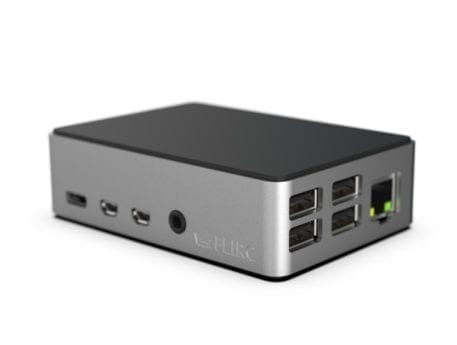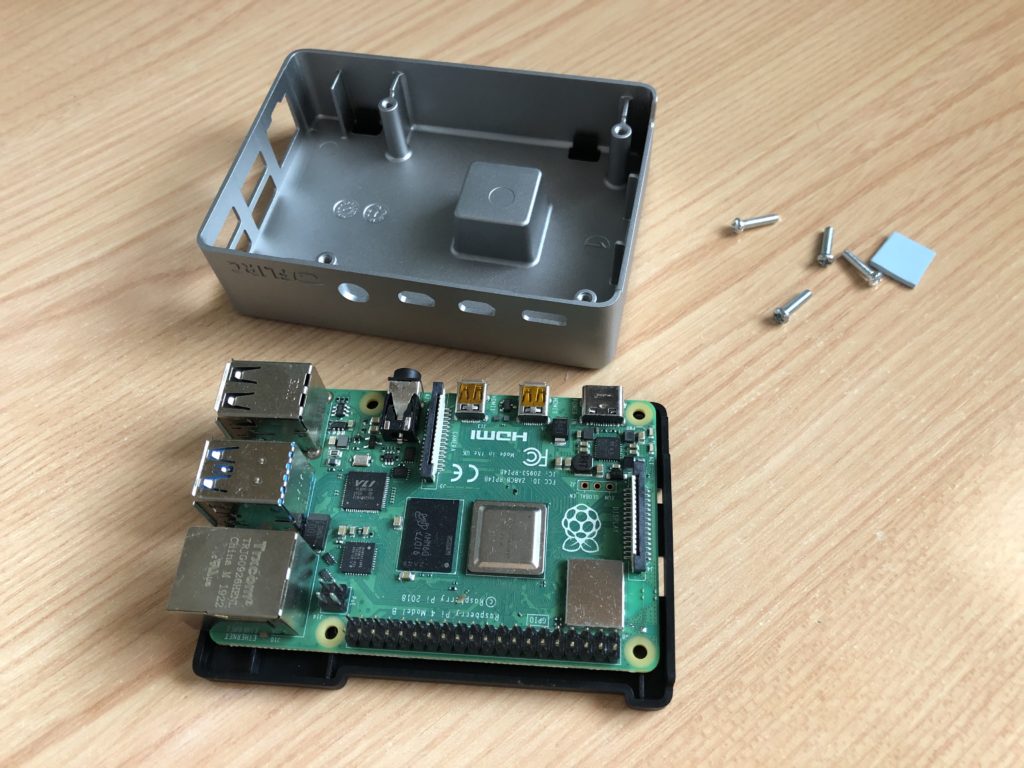

Don't include any foamy rubber grippy bit nubs to prevent sliding off a desk, though. Have a couple of them and they're solidly built. Second-favorite is the $8 case from Adafruit. There's a similar A+ case that I've yet to try out. Lightweight, access to pins, slots for camera cables, wall mountable, includes sticky nub feet that you only use if you need them. Usually $3-$5ish on eBay and about $8 on Amazon. Merely linking to provide a visual.Īm running various Pi with about a dozen different cases and so far my favorite is the Tontec/JBTek case for B+/2 that comes in black/white/clear. Note: links aren't affiliate or mine, just straight to Amazon, et al listings. The best thing? The base model is only $20 $5!.ĭo you know a related subreddit? We'd love to know. Welcome to /r/raspberry_pi, a subreddit for discussing the raspberry pi credit card sized, ARM powered computer, and the glorious things we can do with it. Pi project ideas: There's a huge list right here on this sub! If that’s not a deal-breaker for you, though, then this is a great case to get.Friendly reminder: Please don't just post pictures of unused pis - do a project!Ĭomplete r/raspberry_pi Rules Check the FAQ and Helpdesk here If only the GPIO pins remained accessible. We love the style of the Flirc case, and its heat sink opens up a world of overclocking. We’re going to experiment some more with overclocking, which makes this a fun case. We also played around with CPU clock speeds up to 2.0GHz, which idled at 48 ☌ and maxed out at 69 ☌. The overclocked Raspberry Pi (inside the Flirc case) idled at 41 ☌, and running our five-minute stress test took it up to 67 ☌.

We took the CPU clock speed up to 1.75GHz. This time it idled at a mere 28 ☌ and our five-minute stress test took it up to a mere 46 ☌.īecause this is comfortably below the threshold, it opens up a world of overclocking (something that has been reintroduced on Raspberry Pi 4). Next, we put a Raspberry Pi into the Flirc Raspberry Pi 4 case and ran the same test. Unsurprisingly, the Raspberry Pi with no heat sink attached quickly went up to 79 ☌ and hovered at that level for the rest of the test, nudging up against (but not pushing over) the level where Raspbian starts to throttle the CPU. Warning! Don’t do this at home without doing your research first. For each test, we left the Raspberry Pi to run for five minutes. This puts all four cores of Raspberry Pi 4 under stress.
#Flirc raspberry pi case instructions install
We used stress (apt install stress) and the following script from Core Electronics to test our Raspberry Pi 4 while measuring temperature: while true do vcgencmd measure_clock arm vcgencmd measure_temp sleep 10 done& stress -c 4 -t 300s Watch your Raspberry Pi and restart afterwards. WARNING!: Stress testing should only be done for short periods. We stress-tested a Raspberry Pi 4 board on its own vs a Raspberry Pi 4 inside the Flirc case to see what temperatures it reported. However, for many of us, GPIO pins are the very essence of Raspberry Pi.

If you plan to use Raspberry Pi as a desktop computer, then this might be a valid trade-off. But it’s an ungainly addition to such a lovely looking case. To Flirc’s credit, it has addressed this issue via a small gap on the underneath of the Flirc Raspberry Pi 4 case, which could be used with a breakout I/O cable. Unlike the official case, the lid cannot be quickly removed to provide access to the pins. One downside to the sealed approach is that the GPIO pins are hidden away inside the case. The microSD card slot is easily accessible, and a small cut-out on the enclosure enables the LEDs to shine through. Everything is neatly constructed from high-quality materials and there’s considerable charm to the heat sink. Putting together the case is ludicrously simple: you simply drop a Raspberry Pi in the bottom half, attach the thermal paste, squidge down the lid, and use four screws to hold everything together.įlirc claims that this is “the most beautifully crafted Raspberry Pi 4 case” and it’s not a wholly unwarranted claim. You use this to squidge the Raspberry Pi to the heat sink. Inside the pack is a square thermal pad (similar in substance to Blu Tack). This turns the whole of the aluminium case into a giant heat sink, cooling down your Raspberry Pi 4. Here’s where things get clever: inside the case is a protruding heat sink that reaches down to Raspberry Pi 4’s CPU.


 0 kommentar(er)
0 kommentar(er)
